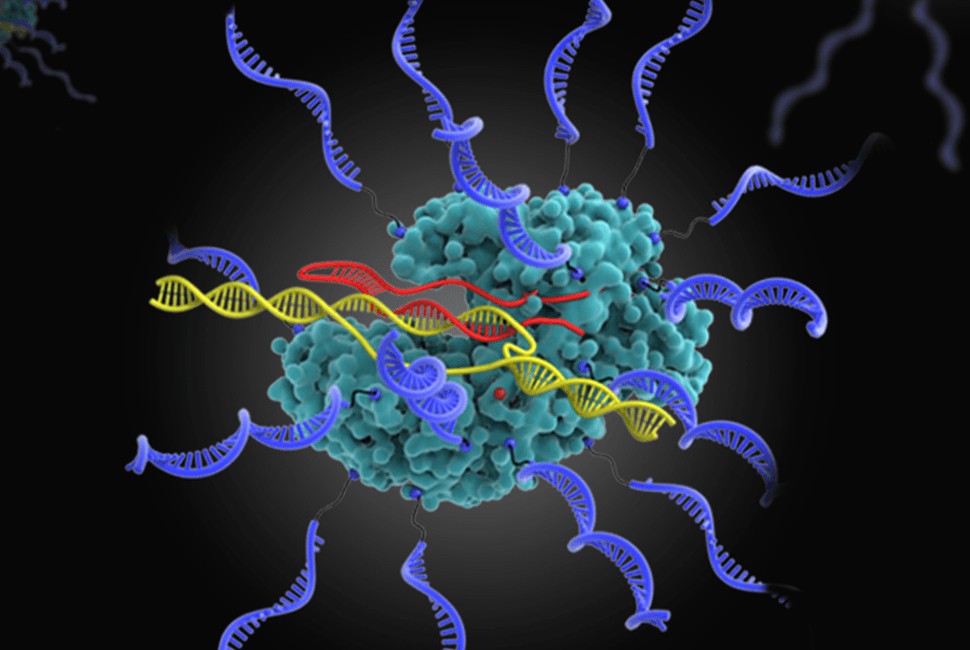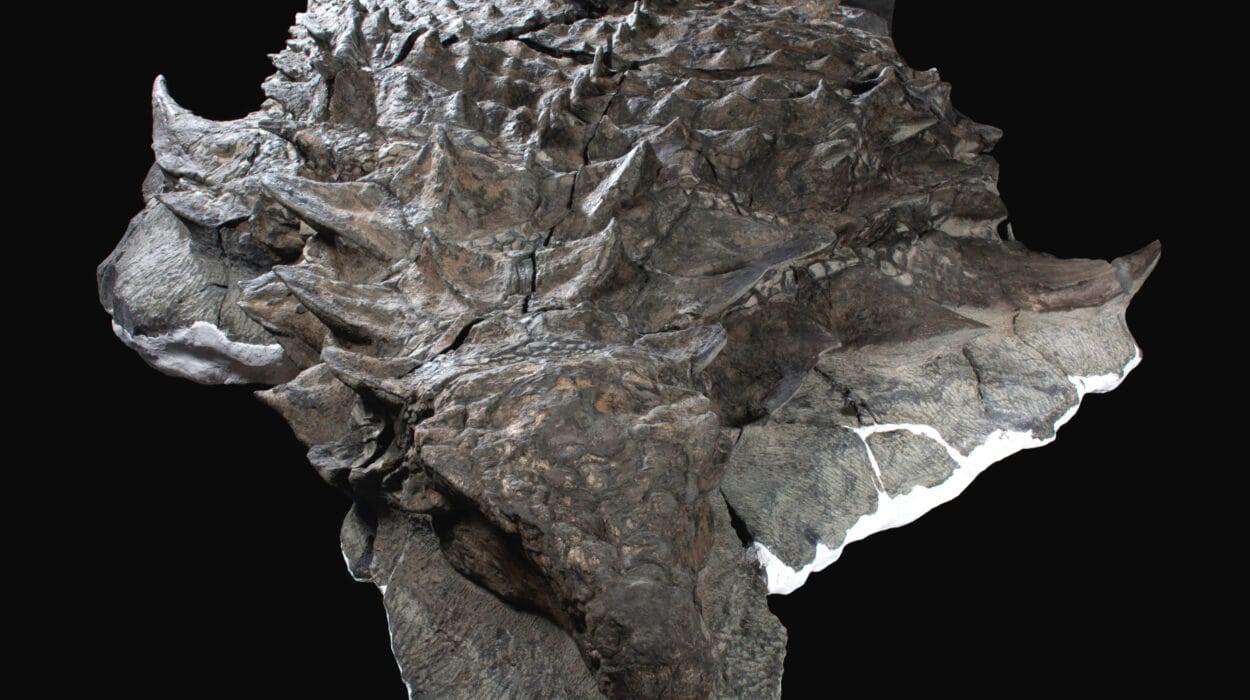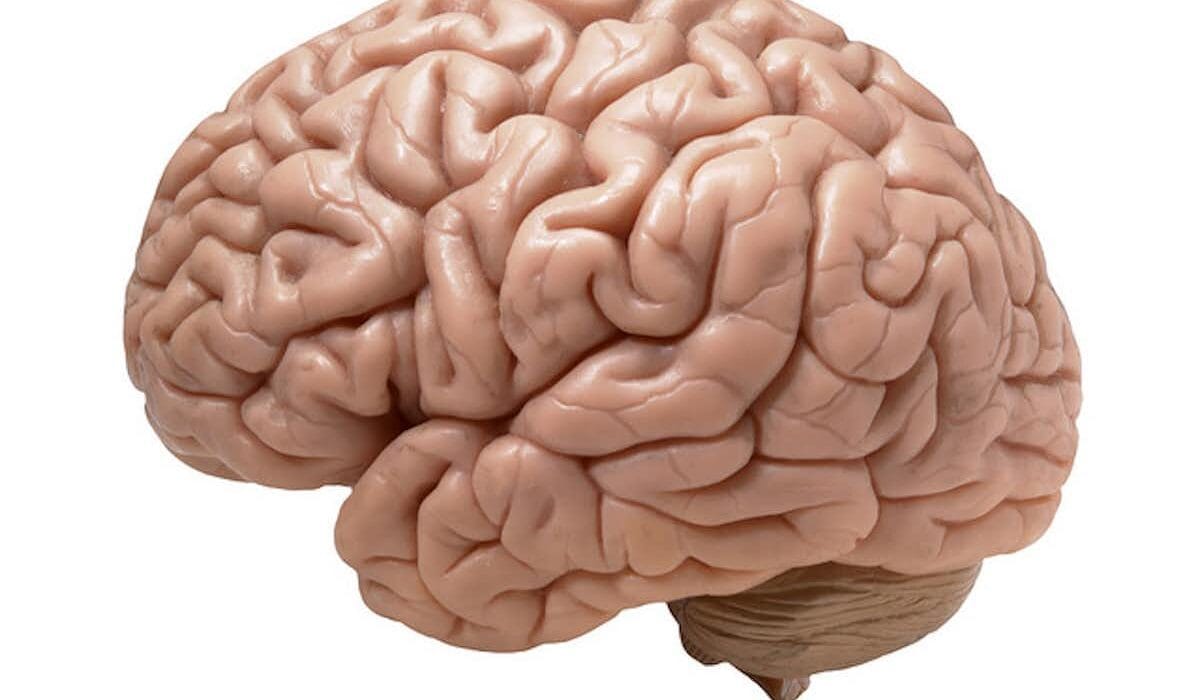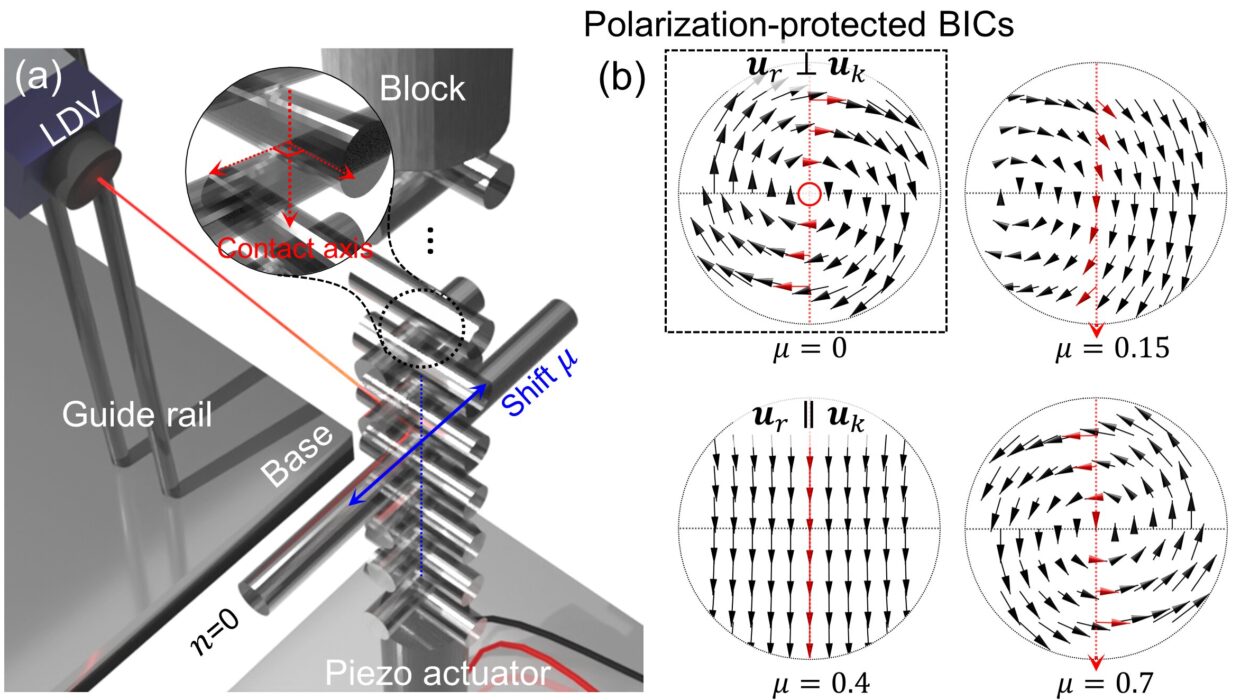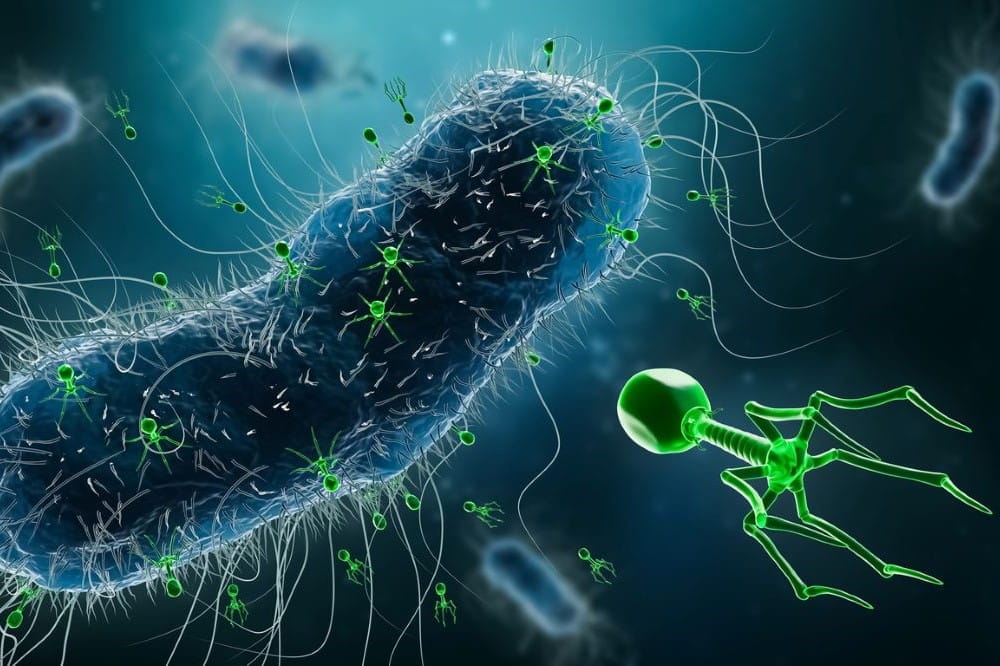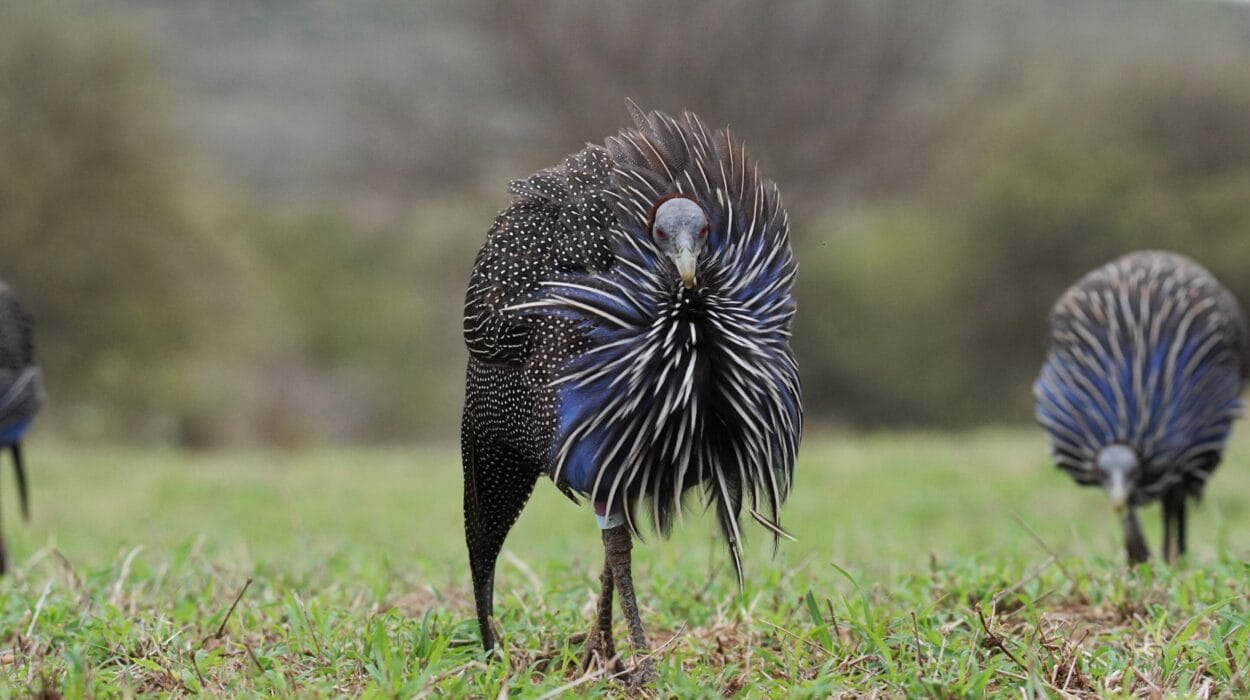Life is, at its heart, a story written in code—one not typed by human fingers but by the blind and unyielding hand of time. For over 3.5 billion years, life on Earth has evolved from the simplest single-celled organisms to the boundless tapestry of plants, animals, fungi, and microbes that now populate the planet. The mechanism driving this transformation is evolution: the gradual change in the inherited traits of populations over generations, shaped by the twin forces of mutation and natural selection.
It is one of nature’s slowest and most powerful forces. Through countless iterations of chance and consequence, it has refined wings to catch the air, eyes to bend light, and brains to wonder about the cosmos. Evolution is not directed, and it is not kind. It works without intention, testing every variation against the harsh conditions of reality.
And yet, from this chaotic process has emerged something extraordinary—not just life, but intelligence. And now, intelligence has turned its gaze inward, back upon the very code that created it. With the advent of CRISPR, humans have not only begun to read the story of life but have gained the ability to rewrite it.
In CRISPR, we find a paradox: a tool evolved by bacteria for survival, now wielded by human hands to reengineer evolution itself.
What Is CRISPR? A Gift from Microbial Memory
CRISPR stands for Clustered Regularly Interspaced Short Palindromic Repeats. That may sound arcane, but it describes a natural feature of bacterial DNA—an immune memory system unlike anything found in higher organisms.
For billions of years, bacteria have waged microscopic wars against viruses known as bacteriophages—tiny predators that inject their genetic material into bacterial cells and hijack their machinery. To defend themselves, some bacteria evolved a remarkable strategy. When they survive a viral attack, they snip a fragment of the invader’s DNA and insert it into their own genome at the CRISPR loci, storing it like a mugshot in a police database.
Later, if the same virus strikes again, the bacterium uses a set of enzymes—most notably a protein called Cas9—to recognize the viral DNA sequence using RNA guides derived from its stored “memories.” Cas9 then cuts the viral DNA precisely, neutralizing the threat.
It is simple. It is elegant. And it is programmable.
That last word changed everything.
In 2012, researchers Jennifer Doudna and Emmanuelle Charpentier published a revolutionary paper demonstrating that this microbial defense system could be repurposed. By designing custom RNA guides, they could direct Cas9 to virtually any location in any genome—snipping, altering, or deleting specific genes at will.
For the first time, humanity had gained a cheap, precise, and easily programmable tool to edit the code of life. A tool born in the ancient arms race between bacteria and viruses, now poised to reshape evolution itself.
Mutation and Selection: The Ancient Engines of Change
To understand the magnitude of CRISPR’s impact, we must first understand the forces it disrupts.
In the traditional narrative of evolution, change arises slowly. DNA mutates due to errors in replication, environmental factors, or cosmic radiation. Most mutations are neutral or harmful. But a rare few provide advantages—stronger bones, sharper eyes, more efficient metabolism. These traits make survival and reproduction more likely. Over time, they spread through populations. The process is gradual, often taking thousands or millions of years to bear fruit.
This process, natural selection, has created astonishing complexity, but it is wildly inefficient. It has no foresight. It stumbles blindly, making and testing mutations at random.
CRISPR changes the game. It allows us to introduce mutations not randomly, but purposefully. Rather than wait for nature to roll the dice, we can load them. We can correct a single base pair in a human embryo to prevent cystic fibrosis. We can disable a gene in a mosquito to prevent malaria transmission. We can enhance drought tolerance in crops without inserting foreign DNA.
CRISPR collapses the timescale of evolution. What once took eons can now be achieved in weeks. But this acceleration raises a profound question: just because we can, does it mean we should?
The Rise of Homo Editus: Rewriting Ourselves
In 2018, the world was jolted by news that Chinese researcher He Jiankui had created the first gene-edited human babies. Using CRISPR, he modified embryos to delete a gene called CCR5, theoretically conferring resistance to HIV. The embryos were implanted, and twin girls were born. The scientific community recoiled—not just because the experiment was ethically questionable and medically unnecessary, but because it signaled the arrival of a new era: human-directed evolution.
Until now, evolution has acted on humans from the outside—through disease, famine, climate, and predation. But CRISPR allows us to act on ourselves from within, altering not just individual bodies but the germline—the heritable DNA passed from parent to child. This is not just genetic therapy; it is the potential creation of a new kind of human.
Imagine a future where parents can select traits: resistance to disease, increased intelligence, enhanced memory, taller height, better eyesight. The idea tempts some and terrifies others. It resurrects fears of eugenics, social inequality, and designer babies. And it raises the specter of unintended consequences.
Evolution, for all its brutality, has one great advantage: it tests every trait against reality. CRISPR, by contrast, lets us skip that test. If we introduce a mutation that seems beneficial but has unknown effects, we may not know the cost until it’s too late. Genes are not isolated switches—they are part of a vast, interwoven system. Change one thread, and you may unravel the whole.
And yet, for certain cases—especially in treating genetic diseases—the potential is undeniable. CRISPR could cure sickle cell anemia, reverse hereditary blindness, and prevent inherited cancers. It is a scalpel for the genome, and in skilled hands, it offers extraordinary hope.
Evolution in the Lab: Experimental Darwinism
Even outside the realm of humans, CRISPR is revolutionizing biology. It has become the central tool in what some call “experimental evolution.” Scientists can now simulate evolution in the lab, not by waiting for natural selection, but by inducing specific mutations and observing how organisms adapt.
In bacteria, researchers can introduce CRISPR changes and watch how populations evolve resistance to antibiotics, or how metabolism shifts under stress. In animals, they can knock out genes to study development, behavior, and disease. In plants, they can fine-tune traits to improve yield and climate resilience.
This approach gives us insight not only into genetics, but into evolution itself. By creating and tracking thousands of gene edits, scientists are mapping the vast, mountainous landscape of fitness—the terrain that Darwin envisioned but could never see.
CRISPR even allows us to reconstruct ancient evolutionary paths. By reintroducing ancestral versions of genes into modern organisms, researchers can explore how proteins evolved, how enzymes changed, and how life itself diversified. It is evolutionary biology turned into an experimental science.
And yet, it is not just about understanding the past. It is about shaping the future.
Gene Drives and Evolutionary Acceleration
Among the most powerful—and controversial—applications of CRISPR is the gene drive. In normal inheritance, each parent contributes a 50% chance of passing on a gene. But with a gene drive, CRISPR can be designed to copy itself onto the other chromosome, ensuring that nearly all offspring inherit the trait.
This creates a cascade. Released into the wild, a gene drive can spread through a population rapidly, overwriting natural evolution.
One proposed use is to eliminate disease-carrying mosquitoes. By editing mosquitoes to be sterile or unable to transmit malaria, and then releasing them into the wild with a gene drive, entire populations could be collapsed or modified within a few generations.
The appeal is clear. Malaria kills over 600,000 people annually. CRISPR could stop it. But the ecological risks are immense. What happens if the gene drive spreads beyond the target species? What if it triggers unintended consequences in the food web?
This is no longer theoretical. Gene drives have been tested in laboratory populations of mosquitoes with stunning success. Field trials may not be far off. Evolution, long thought to be untouchable, is now programmable.
CRISPR and the Tree of Life
CRISPR also illuminates the unity of life. The fact that a bacterial immune system can function inside human cells is a testament to evolution’s shared inheritance. All living organisms use DNA. All read it with the same code. All build proteins with the same machinery.
This deep unity, shaped by billions of years of descent with modification, is what allows CRISPR to work across species. It is not magic—it is evolution, layered and conserved.
Researchers have even discovered new CRISPR-like systems in archaea, viruses, and obscure bacteria—each offering new possibilities for editing. Some are more precise than Cas9. Some can edit RNA instead of DNA. Some may avoid immune reactions in humans. The CRISPR toolbox is growing, and it is entirely built from nature’s own innovations.
Ironically, evolution has handed us the key to direct evolution.
The Moral Genome: Who Decides What Should Be Edited?
Science moves faster than ethics. As CRISPR races ahead, society lags behind, struggling with questions that have no easy answers. Who decides which genes are worth editing? Who gets access to these technologies? Should we edit for intelligence? For physical appearance? For personality?
The lines between therapy and enhancement blur quickly. Treating a child’s lethal genetic disorder seems clearly justified. But what about boosting memory? Reducing anxiety? Increasing height?
And what of consent? Germline editing affects future generations who cannot speak for themselves. A single mutation made today could echo through time, altering not just individuals but humanity’s evolutionary trajectory.
Some countries have banned germline editing. Others have no laws at all. The international community has called for moratoriums, guidelines, oversight. But regulation struggles to keep pace with innovation.
Einstein once warned that our scientific power has outrun our spiritual power—that we have guided missiles and misguided men. CRISPR raises the same tension. It is not just a tool of science. It is a mirror, reflecting our hopes and fears.
Evolution Reimagined: From Natural Selection to Intentional Design
For most of history, evolution was a process that happened to us. Now, we are beginning to guide it. This marks a fundamental shift in our place in nature. We are not just products of evolution—we are becoming its authors.
This new chapter challenges our deepest assumptions. Is evolution still evolution if it’s directed? Can we trust ourselves to wield this power wisely? Will CRISPR create a world of greater health, justice, and sustainability—or deepen inequality and unleash unintended horrors?
Some envision a future of bio-utopia: engineered immunity, cured diseases, thriving ecosystems. Others see dystopia: genetic castes, ecological collapse, lost diversity.
The truth, as always, will likely be more complicated. CRISPR is a tool, not a destiny. How we use it will shape what kind of species we become.
The Poetry of Possibility
In the end, CRISPR is more than a scientific breakthrough. It is a poetic convergence—of evolution’s blind process with conscious intent, of ancient bacteria with modern minds, of chance with choice.
It is a tool that emerged not from a laboratory but from the deep history of life’s struggle to survive. It evolved alongside us, silently, in the microbial underworld, waiting to be discovered.
Now that it has been, the question is not just what we can do with it, but who we want to be.
Evolution has always been the story of adaptation, of survival, of change. With CRISPR, we enter a new verse of that story—one where the narrator steps into the tale, pen in hand.
Whether we write tragedy, triumph, or something in between will depend not just on science, but on wisdom.
